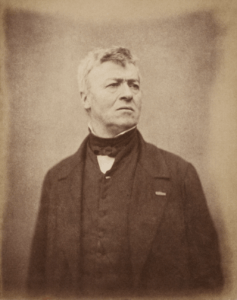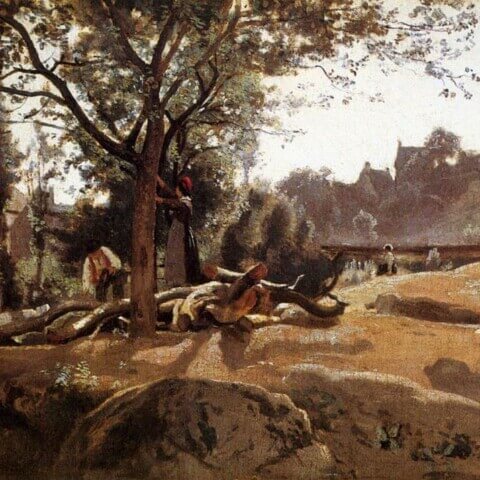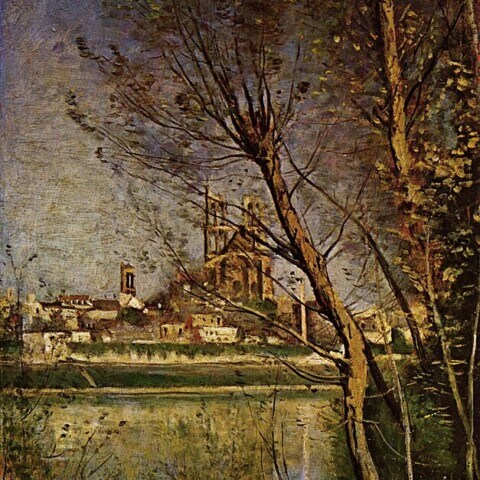Jean Baptiste Camille Corot

Jean-Baptiste Camille Corot (1796-1875) was an influential 19th-century French painter renowned for bridging the traditional approach of the Old Masters with the innovative techniques of the Impressionists. Born into a well-to-do Parisian family, Corot initially pursued a career in business but abandoned it in his mid-20s to study painting. His diverse artistic oeuvre encompasses genres ranging from landscapes and figure studies to portraiture. Corot’s exceptional use of light, color, and composition was instrumental in his pioneering of the plein air painting technique, where he painted landscapes outdoors to capture nature’s transient beauty.
Travelling extensively throughout his life, Corot drew inspiration from the pastoral scenes of Italy, the French countryside, and bustling cityscapes. His works such as “Le concert champêtre” and “Souvenir de Mortefontaine” are notable for their poetic, almost dreamlike quality. Although he initially struggled for recognition, Corot’s undeniable talent gradually earned him esteem among critics, fellow artists, and collectors.
Despite the advent of Impressionism late in his career, Corot remained committed to the classical principles of painting. However, his willingness to experiment with atmospheric effects and natural light had a profound influence on the Impressionists. Today, Corot’s legacy is preserved in the world’s leading art institutions, and his work continues to inspire artists, fostering a deeper appreciation for the delicate balance between tradition and innovation in art.



